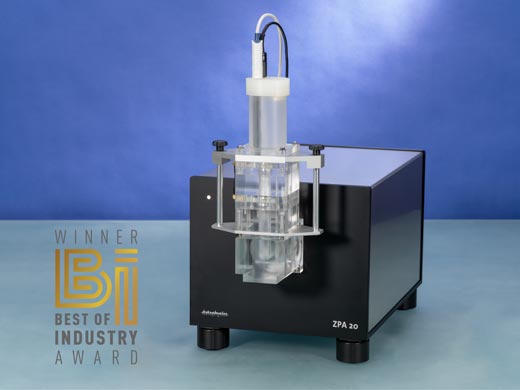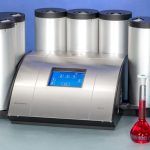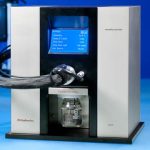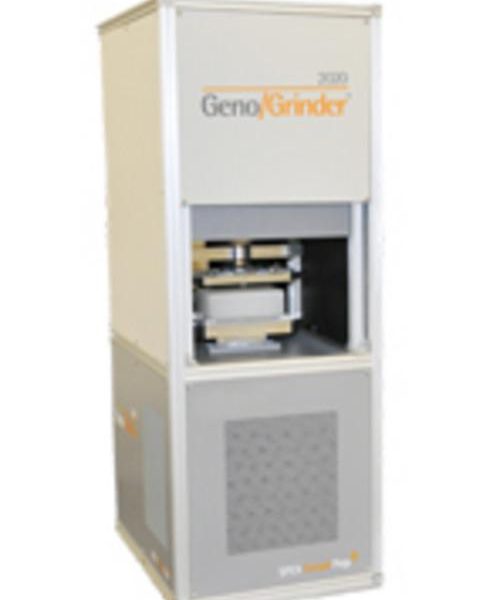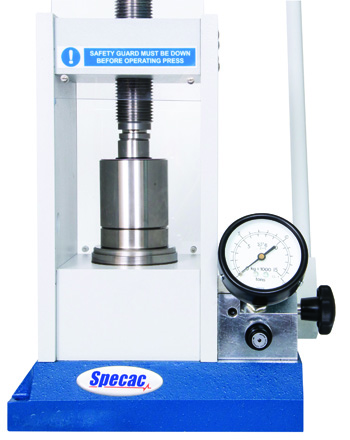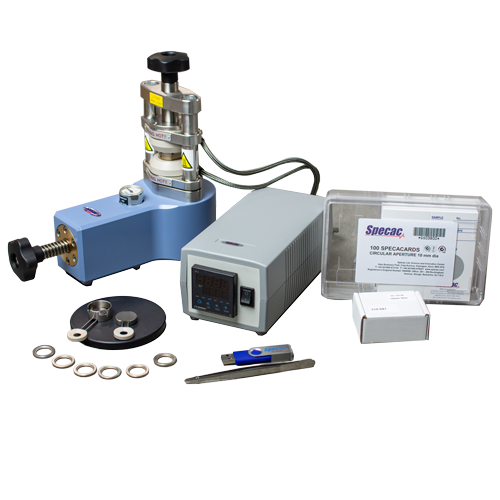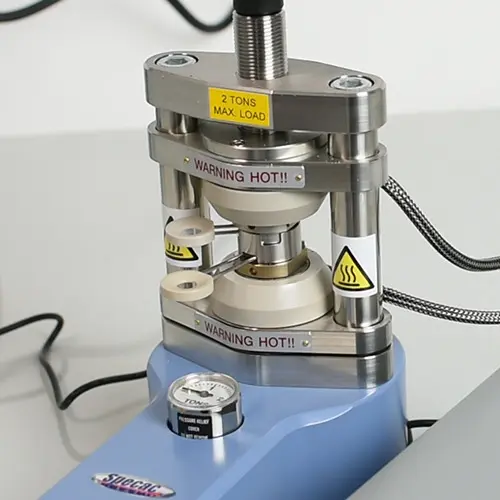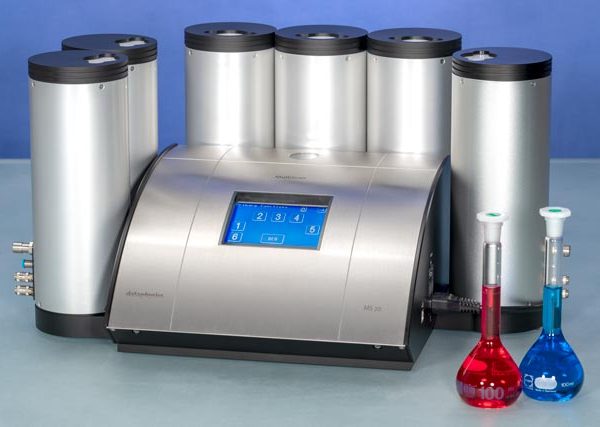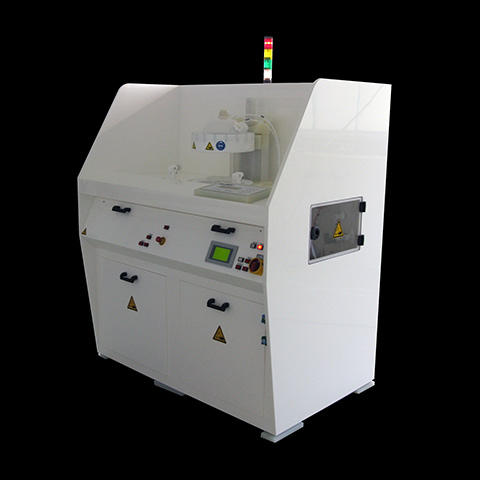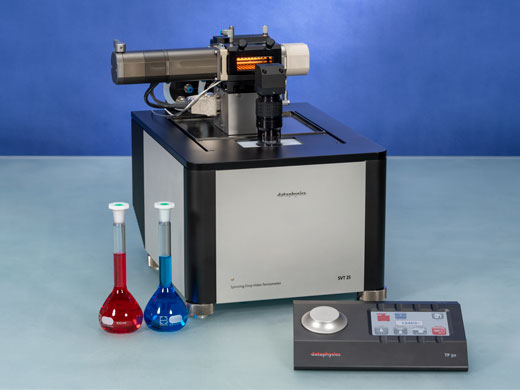ZPA – Zeta Potential Analyzer
ZPA 20 measures the zeta potential of fibers, powders, and solids in plate form, providing information about colloidal stability and molecular-level interactions.
Main applications:
Determination of the zeta potential of various materials
Analysis of colloidal stability
Study of molecular-level interactions in suspensions and dispersions
Resources:
Zeta Potential Analyzer – ZPA 20
The Zeta Potential Analyzer ZPA 20 uses the patented bidirectional oscillating flow potential analysis to measure the zeta potential of fibers, powders, and solid materials in plate form. Applications depending on adhesion between solids, adsorption and chemical reaction of ions/molecules, surfactants, polymers, etc., can benefit from investigating the zeta potential and its changes depending on the pH value.
ZPA 20 is a compact measuring instrument that uses the patented method of bidirectional oscillating flow potential. It is designed to measure the zeta potential of various macroscopic solid samples with the highest precision and in an extremely short time.
ZPA 20 uses detachable measuring cells for different types of materials. Thus, plate-shaped samples, fibers, or powders can be easily prepared and placed into the system. A constant packing density of powders and fibers can be ensured using a torque wrench. ZPA 20 is equipped with high-precision measuring probes for voltage, current, conductivity, pH value, pressure, and temperature.
With the help of its powerful stepper motor, ZPA 20 can create an oscillating flow of electrolyte with frequencies up to 0.5 Hz, thus allowing the measurement of the zeta potential in less than one minute, with high statistical quality and at varying pressures.
Concentration-dependent measurements can be performed using the optional liquid dosing unit LDU 25. For example, the isoelectric point can be determined automatically by adding acidic or basic solutions into the electrolyte, thus modifying the pH value.
Key Features
Patented method for measuring zeta potential via bidirectional oscillating flow
Powerful stepper motor for oscillation frequencies up to 0.5 Hz
Measuring probes for: voltage, current, conductivity, pH, pressure, and temperature
Duration of one zeta potential measurement: under 1 minute
Optional liquid dosing unit LDU 25 for automatic modification of pH value
Dedicated measuring cells for: fibers, powders, granular materials, or solid materials in plate form
Software
ZPA 20 is controlled via ZPASoftware.
Accessories
ZPA 20 can be used with different measuring cells adapted to various materials. With the help of the optional LDU 25 unit, electrolyte concentrations can be modified automatically, for example to adjust the pH.
| Manufacturer |
|---|
Related products

DIDN'T FIND WHAT YOU WERE LOOKING FOR?
Our team is here to help you! Call us or leave us a message and an Apel Laser consultant will be happy to answer your questions and find personalized solutions for you.


